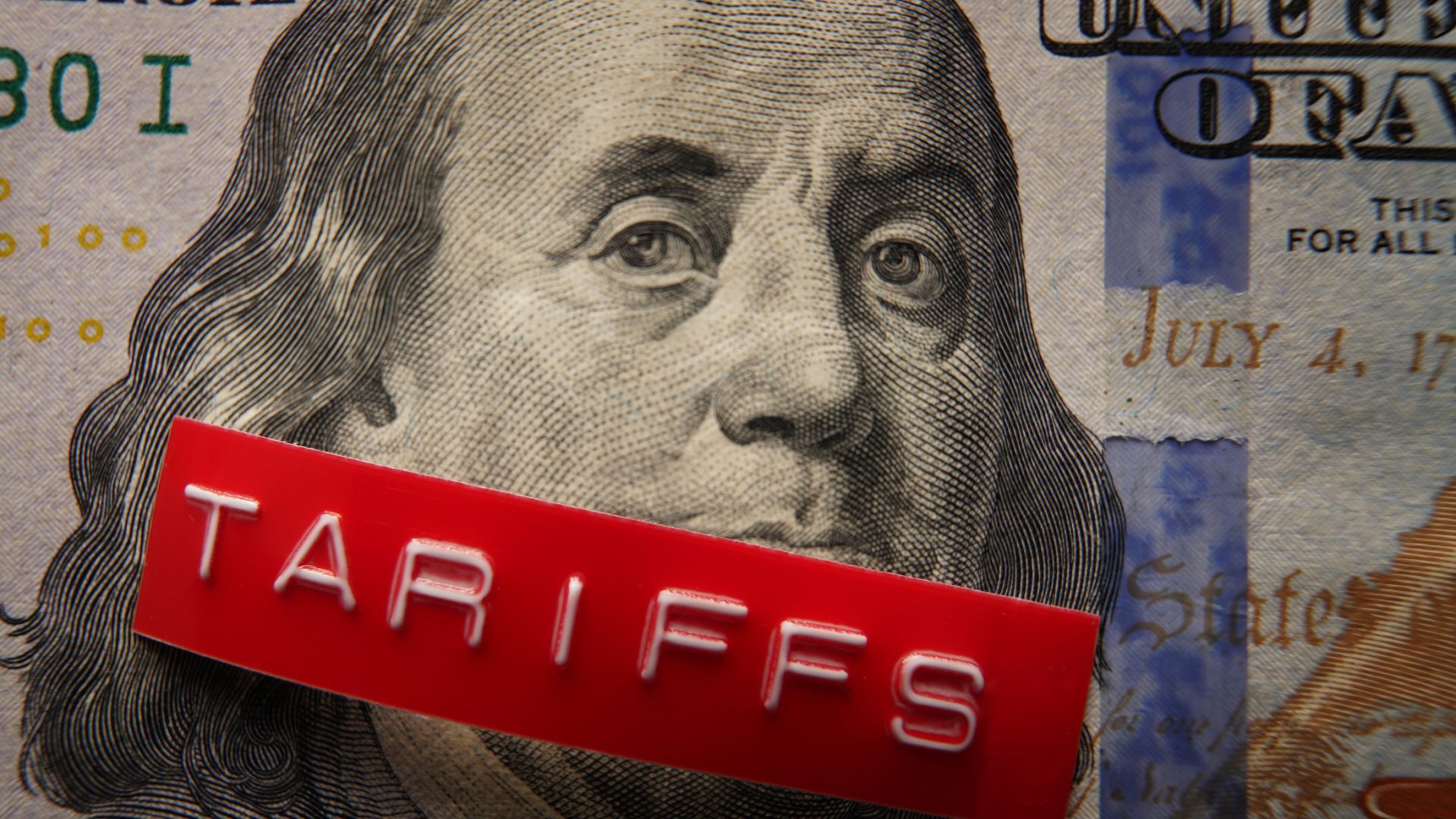
It’s understandable if you’ve tuned out of the tariff conversation because it seems to be more about politics than personal finance, however, tariff-related price impacts have real implications for the average American household.
Find Out: I Asked ChatGPT What the Point of Trump’s Tariffs Are: Here’s What It Said
Read Next: 8 Common Mistakes Retirees Make With Their Social Security Checks
To break down this complex topic into actionable data that the average American household can use, I asked ChatGPT to analyze information across sources like the Tax Foundation, Yale University’s Budget Lab and the Peterson Institute for International Economics, to name a few. Here’s what I learned.
Budget For a Higher Spend
Most credible estimates suggest the average middle-income household will pay somewhere between $1,600 and $3,800 extra per year in 2026 if tariffs continue at their current pace, ChatGPT explained. That means households should be budgeting for roughly $130 to $315 more every month, depending on how broad the tariffs are and how much businesses pass the costs along to consumers.
Learn More: Mark Cuban: Trump’s Tariffs Will Affect This Class of People the Most
What the Research Shows
These numbers come from estimates that tariffs enacted in 2025 will push up overall prices by 1.7% to 2.3%, the AI explained, “translating to $2,300 to $3,800 per household in lost purchasing power.”
“Broader scenarios paint an even bigger hit,” ChatGPT said. Estimates have shown that a 20% across-the-board tariff combined with a 60% tariff on Chinese goods would cost the typical household more than $2,600 annually. Yet, narrower tariffs targeting Canada, Mexico and China would average households more like $1,200 per year.
Still other analyses put the likely household impact more between $3,100 and $4,900 annually. “Regardless of which model you use, the trend is clear: tariffs trickle down to consumers,” ChatGPT said.
What It Means for Different Households
So who will be hit the hardest? ChatGPT suggested that the same degree of tariff impact will hit different income levels differently:
- Lower-Income Families: For households already living paycheck to paycheck, even a $1,200 annual increase can feel crushing. “That’s the size of a utility bill, a week of groceries or part of a car payment,” the AI said. This may force households to cut essentials or turn to debt to make ends meet.
- Middle-Class Families: These households are expected to pay around $1,600 to $3,800 extra each year. “That’s money that might otherwise go toward a vacation, a retirement account or savings for a child’s college fund,” the AI said. While it may not cause an immediate crisis, it steadily erodes financial security.
- Upper-Income Families: Wealthier households will be in the best position to absorb the highest dollar costs, so the impact on their income will feel smaller. “Even a $4,000 annual hit may only mean skipping one luxury purchase, not missing bills or pulling back on savings,” ChatGPT pointed out.
As 2026 approaches, families should be aware that tariffs aren’t just trade policy but an everyday cost that could force some creative budgeting.
More From GOBankingRates
- 5 Old Navy Items Retirees Need To Buy Ahead of Fall
- I Paid Off $40,000 in 7 Months Doing These 5 Things
- 9 Downsizing Tips for the Middle Class To Save on Monthly Expenses
- Mark Cuban Says Trump's Executive Order To Lower Medication Costs Has a 'Real Shot' -- Here's Why
This article originally appeared on GOBankingRates.com: I Asked ChatGPT How Much Tariffs Will Really Cost the Average Household in 2026







